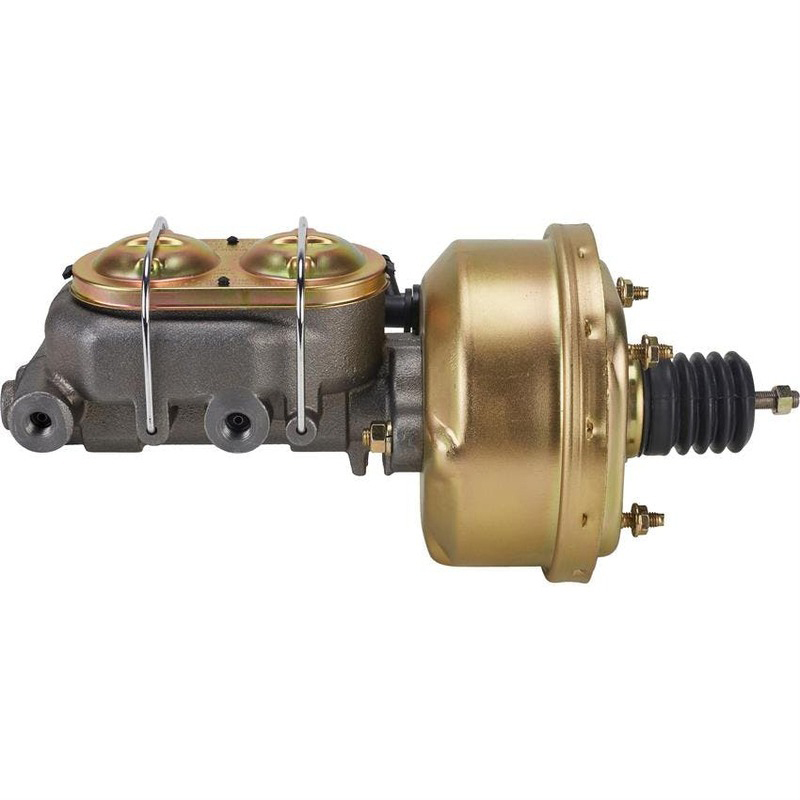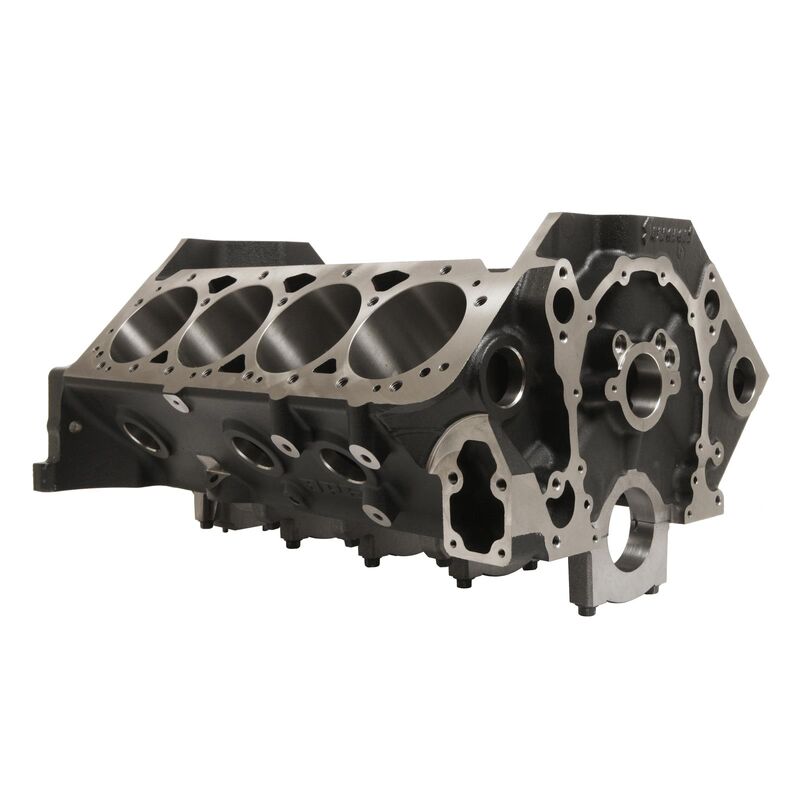FEATURE – Stainless Steel Fords
Words: Mike Ryan
Photos: Worldwide Auctioneers
If you’re quite young, the mention of a stainless steel car conjures images of the Tesla Cybertruck. If you’re older, thoughts immediately turn to the Delorean. Older still and you may recall the stainless steel roof on the Cadillac Eldorado Brougham from the late 1950s. But no matter how old you are, it’s unlikely you’ve heard of the stainless steel Fords that were produced in very small numbers from the 1930s through to the 1960s.
Recently, a trio of these factory-styled but uniquely finished cars went to auction in the US.

Stainless Starters
Stainless steel’s resistance to corrosion was already well known before it first started to be used on trim parts for automobiles in the late 1920s.
Unlike regular steel that’s formed from the addition of carbon to iron, stainless steel was produced by adding chromium to the mix. The addition of different metals and multiple variations in the formula for the alloy delivered different results to suit different applications, but the premise was the same – resistance to rust.

Ford were early adopters of stainless steel, using it in place of nickel for trim pieces like headlight shells and grille surrounds on deluxe versions of the Model A in the early 1930s. Ford apparently came up with the idea of producing an entire body in stainless steel, first applying it to a trio of Model A sedans in 1931.
The cars still used a conventional steel chassis and wooden body frames, so in all other respects apart from the body panels. they were identical to a regular Model A.

Of the three cars built, Ford kept one and sent the other two to Allegheny Metal (later Allegheny Ludlum) and Universal-Cyclops, both steel producers based in Pennsylvania.
Ford’s purpose behind producing the cars was unknown, but commercial interests most likely drove the decision.
The stainless steel cars sent to Allegheny Metal and Universal-Cyclops were used extensively by senior executives and sales staff from both companies through to the 1940s, when the Universal car was lost and the Allegheny car melted down during a World War II scrap metal drive.
While Universal-Cyclops didn’t take the stainless steel concept further, Allegheny did, resulting in three future collaborations with Ford.

The Stainless Six
Late in 1936, Allegheny Metal (now Allegheny Ludlum) worked with Ford on a set of six ’36-model two-door sedans that would be bodied in stainless steel like the Model As from five years earlier. Allegheny would supply the materials, while Ford would form the panels and build the cars.
The reason for six cars was that they would serve as demonstrators for Allegheny’s six regional offices spread across the north-western US. Sales staff performance was rewarded with use of the stainless sedan for a period, which also served as a "rolling billboard" for the steel that Allegheny produced.
Like the Model As, these ’36 Ford sedans were driven long and hard, each one racking up more than 200,000 miles before they were sold off to company staff from 1946. While the bodies showed no sign of wear, the same couldn’t be said for all the other componentry after so many years and miles. Two are believed to have been scrapped sometime in the 1940s or ‘50s, but four survived, including two that were tracked down by Allegheny Ludlum and repurchased.

Silver Birds
In 1960, Allegheny Ludlum and Ford once again came together to produce stainless steel demonstrator cars. This time, a 1960-model Thunderbird coupe was the platform and the employment of stainless was more extensive.
While the ’36 Fords featured stainless steel on the body and some trim pieces, selected items, like the bumpers, were apparently not made from stainless. For the Thunderbirds, the front and rear bumpers were formed from stainless, while a less obvious application of the alloy was in the exhaust system.

One of the first stainless steel exhausts produced, the set-up on the Thunderbird being auctioned was described as still being in outstanding condition – even the muffler - 60 years after it was made.
Only two cars were built this time around, for similar promotional purposes, with the Thunderbirds covering about half the miles of their predecessors.
While unconfirmed, the cost of producing these cars was likely a reason for the reduced build number. How much Allegheny spent on the six ’36 Fords is unrecorded, but the Thunderbirds cost US$25,000 each, which was almost seven times the price of a Thunderbird without the special skin.

One Last Time
In 1966, a third and final set of stainless steel cars were produced, with Allegheny this time going upmarket and requesting Lincoln Continental convertibles.
Panels aside, these were conventional Continentals in every other sense, powered by a 462ci V8 and equipped with power-operated everything.
Three were produced this time around, two going to Allegheny and the other retained by Ford. A year later, the minor styling tweaks on the ’67 production Continentals were applied to the stainless steel versions, too.

Some time later, when the car in Ford’s possession was damaged in storage, Allegheny purchased it but later sold it on to a US museum.
By the start of the 1980s, there were six stainless steel cars in Allegheny’s possession – two each of the ’36 Ford, ’60 Thunderbird and ’66/’67 Continental.
More recently, the downturn in US steel production and the decreasing relevance of the automobile industry to Allegheny Ludlum (reportedly accounting for as little as 7 per cent of their business) led them to consider selling their stainless cars. The impact of the coronavirus this year made it a definite, with Allegheny choosing to offer a ’36 Ford, ’60 Thunderbird and ‘66/’67 Continental as a “set” at auction via Worldwide Auctioneers.

Why Not More?
The subsequent employment of stainless steel on the Delorean and, most recently, on the Tesla Cybertruck begs the questions of why more cars aren’t made from stainless steel.
There are multiple answers to this, some practical, others commercial.
Firstly, for all its benefits, stainless steel also has its drawbacks. It’s harder than carbon steel, which means it’s tougher on the dies used to stamp out body panels. A story on these cars in Special Interest Autos magazine recounted that the dies had to be altered to stamp out each panel without warping or distortion, while other stories tell of how the dies would be so badly damaged that they were unusable afterwards, meaning each set of stainless cars were built at the very end of the model’s production run.

Secondly, stainless steel is harder to weld than conventional steel, and when all these cars were being built, there wasn’t adequate welding equipment or expertise to produce them in volume (it’s believed all the stainless cars were essentially hand built after the body panels were pressed).
Thirdly, just as stainless steel is hard to weld, it’s essentially impossible to paint. Even with the best primer and prep, the qualities of stainless that make it so good for stopping things sticking to your frypan means it’s not so great if you want to change the exterior finish of your car.

It’s largely for this reason that the Delorean was only ever offered in a bare metal finish and there’s stories of abandoned Deloreans in the Middle East with thick layers of peeling paint from failed attempts to give them a new look.
Finally, stainless steel is more expensive to produce, which can be amortised over millions of pots and pans that every household uses, but is harder to recoup in a car that sells in far fewer numbers. As mentioned with the ’60 Thunderbirds, their significant additional cost over the regular steel-bodied equivalent would have to be passed on the consumers, sending what was a mid-priced car beyond the cost of the most expensive Cadillac.
Additionally, and perhaps a little cynically, the longer life of a stainless steel car meant you didn’t need to change it so often. Especially back in the ’60s and ’70s, when even the most professionally made production line cars would start to rust after a handful of years, NOT having to buy a new car every few years wouldn’t be good for any carmaker’s bottom line!

Stainless Sale
The announcement of the sale of the Allegheny Ludlum trio of stainless steel cars created a buzz in the US collector car community. This was the first time in years that any of these cars had gone on the market, with the fact they were being sold as a set creating additional interest.
“They are extraordinary artifacts from a dynamic era of innovation for the both the steel and automotive industries in America," Worldwide Auctioneers said in a statement ahead of the sale.

“After lifetime custodianship, Allegheny Ludlum believe that they deserve to take their place in a significant collection or museum where they can be more widely appreciated in a collector car environment for generations to come, and we are honored to have been entrusted with their sale.”
When the trio went to auction as part of Worldwide’s 13th Annual Auburn Auction in Indiana on 5 September, the response was strong, especially given the fact the set was being offered with no reserve.
Dubbed the “Stainless Steel Trifecta” the three special Fords sold for US$1.05 million (AU$1.32M approx.). The new owner is unknown.
For more information from this sale, go to: worldwideauctioneers.com













